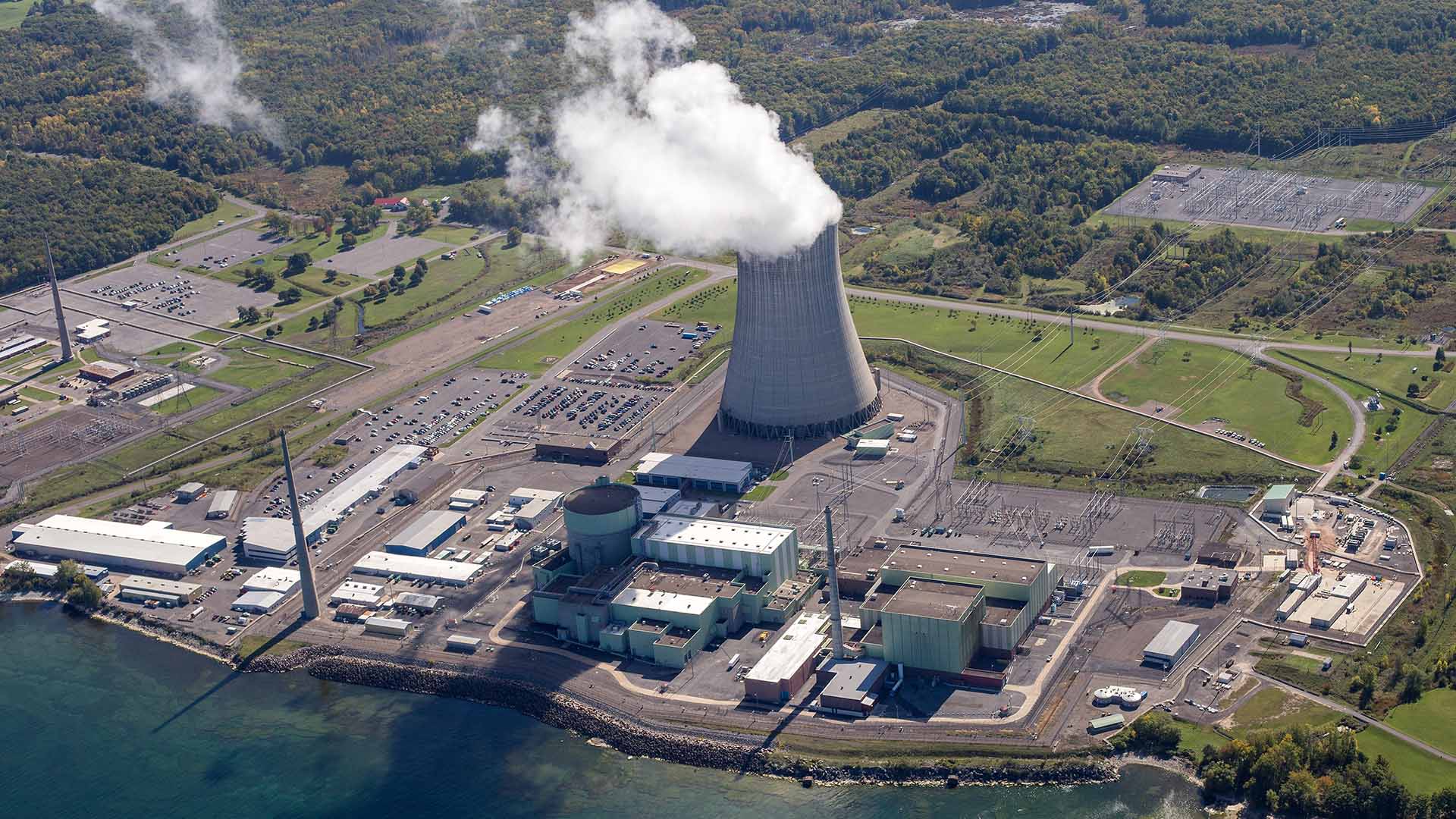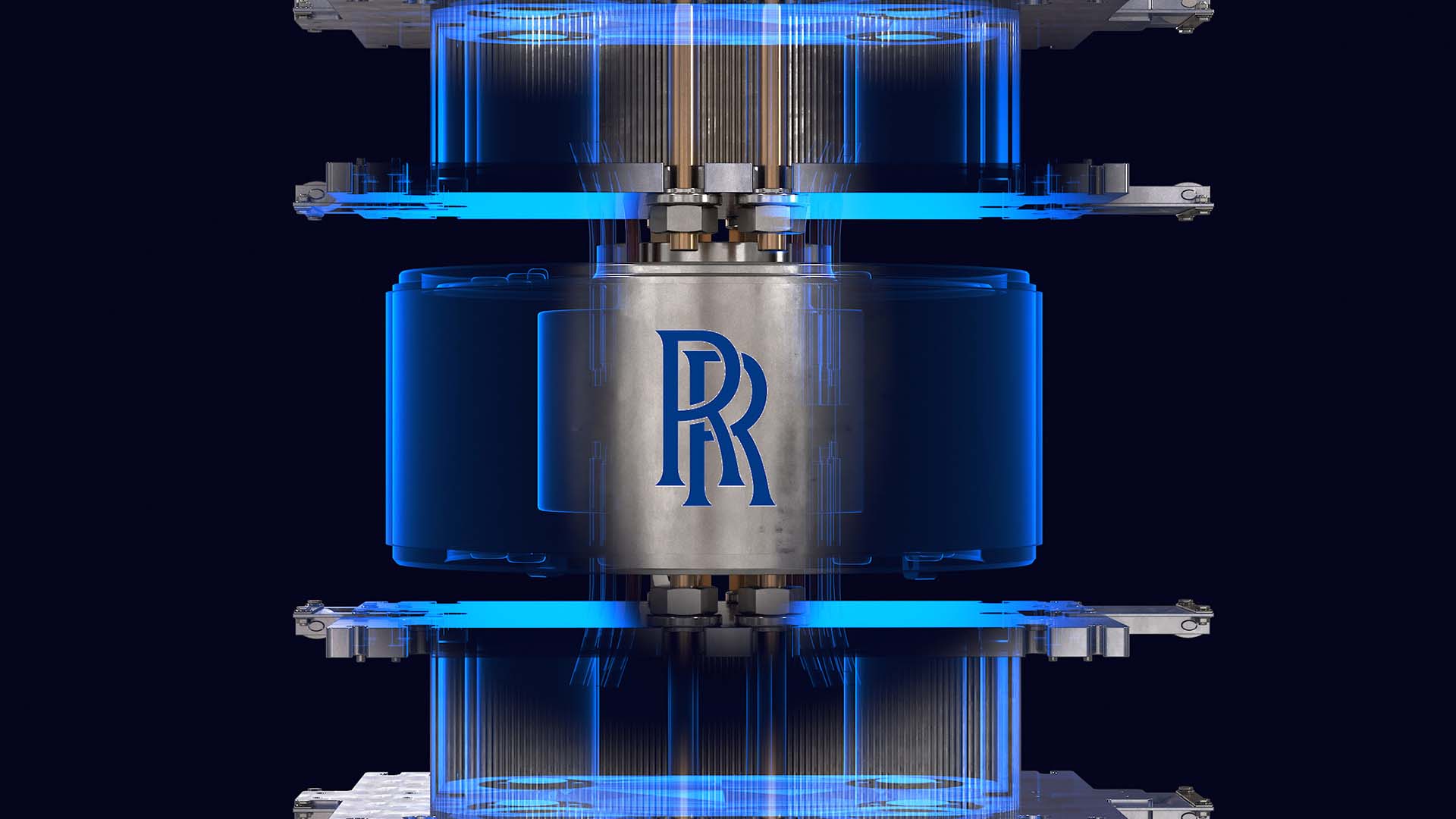Destinus, a European startup, has been developing a hypersonic hydrogen-powered passenger jet that can reduce the flight time from America to Australia from over 17 hours to just under four hours.
Destinus & Eiger
Destinus’ ultimate goal is to reach a hypersonic future powered by hydrogen. Their high-speed long-range hypersonic airplanes are enabled by using hydrogen as fuel.
At the end of 2022, the company announced successful test flights of its prototype Eiger. The aircraft took off in the sky with a suite of sensors, guidance navigation satellite system receivers, an inertial measurement unit, an air data system, angle vanes, and other instruments and cameras aboard. As Destinus’ second prototype, Eiger serves as an experimental flight platform for engineering teams to test new equipment directly in flight.
The team is currently analyzing data from Eiger’s test flights to develop its new supersonic flight and hydrogen propulsion prototype. This prototype should be ready to test by the end of 2023. According to Desitnus, the first commercial intercontinental flights of its air freighter will have a payload of one ton and are planned for 2025. By 2029, the air freighter will have a payload of 100 tons, and thousands of hyperplanes will be in operation.

Grant Awards
In March 2023, the Spanish Ministry of Science announced that Destinus will be awarded grants to further research and development for supersonic flight utilizing hydrogen as fuel.
The first grant will fund the construction of a test facility near Madrid for air-breathing hydrogen engines which Destinus will help design. A second grant will fund research into aspects of liquid hydrogen-powered propulsion to test solutions for future supersonic hydrogen-powered aircraft. This includes adapting existing jet engines to become powered by hydrogen.
As Davide Bonetti, the VP of Business Development and Products for Destinus, added, “We are delighted to have been awarded these grants, especially because they are a clear sign that Destinus is aligned with the strategic lines of Spain and Europe to advance hydrogen flight. With these grants, hydrogen-based solutions for aeronautical mobility will be one step closer to becoming a reality.”

Hydrogen-Powered Flights
Research and development on hydrogen power have increased in the past few years because of its sustainability, affordability, and abundance aspects. The main byproducts of hydrogen combustion are heat and water, making it a clean fuel. Because hydrogen can be produced from water through electrolysis using renewable energy, it is abundant. And, according to PWC, the cost of green hydrogen will drop by 50 percent by 2030.
Other companies have concurrently begun using hydrogen to power aircraft. For example, Los Angeles-based startup Universal Hydrogen successfully completed a 15-minute test flight of its hydrogen-powered plane in March 2023. For the flight, which had a pilot and two flight crew on board, one of the airplane’s turbine engines was replaced with Universal Hydrogen’s fuel cell-electric, megawatt-class powertrain. The other engine remained conventional to ensure safety for the flight.
Hydrogen has also been powering other forms of transportation, such as the hydrogen-powered Toyota Mirai. In a fuel cell vehicle like the Mirai, hydrogen from the fuel tank is combined with oxygen from the outside air to generate electricity to run the motor. The car is filled up with hydrogen the same way gas is typically filled at a gas station; there is a pump and nozzle, and as you pump the hydrogen, it travels to carbon-fiber-reinforced fuel tanks where it’s stored.
For more information on the Toyota Mirai, check out Tomorrow’s World Today’s full episode featuring the innovative vehicle on YouTube.







